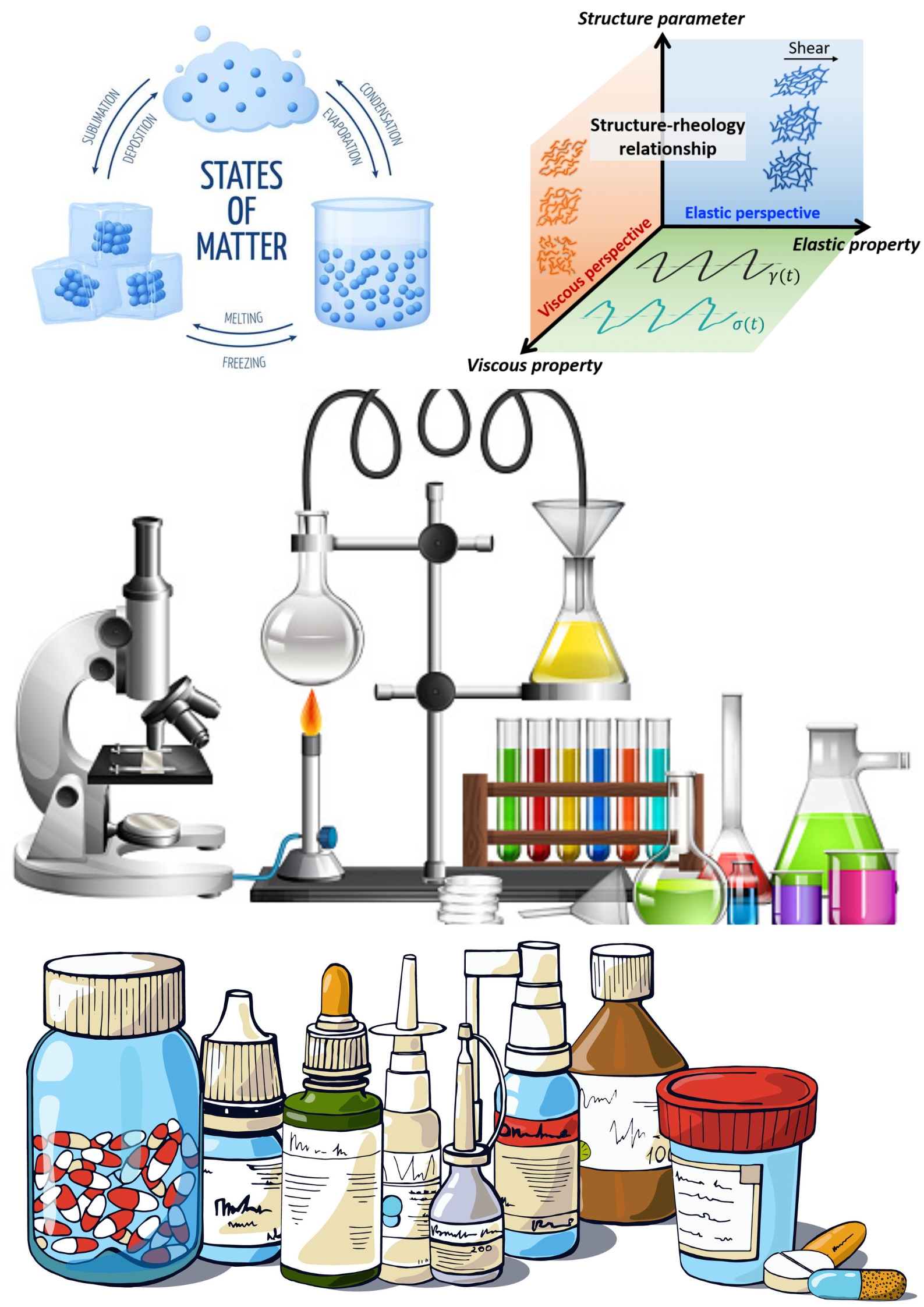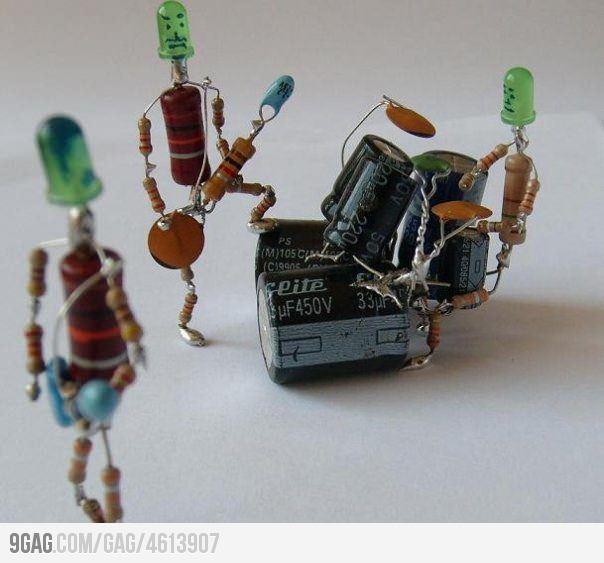Search results: 3380
- Enrolled students: No students enrolled in this course yet
- Enrolled students: No students enrolled in this course yet
- Enrolled students: No students enrolled in this course yet
- Enrolled students: No students enrolled in this course yet
- Teacher: Carissa Mae Almendra
- Enrolled students: 44
- Enrolled students: No students enrolled in this course yet
This course strengthens the fundamental concepts and general principles applied to the understanding of the behavior of matter. The series of Physical Chemistry units include theoretical and experimental approaches to the study of the physical properties of chemical systems and their reactions of the macroscopic and atomic/molecular levels.
- Teacher: ELSA CAJUCOM
- Enrolled students: 5
This course strengthens the fundamental concepts and general principles applied to the understanding of the behavior of matter. The series of Physical Chemistry units include theoretical and experimental approaches to the study of the physical properties of chemical systems and their reactions of the macroscopic and atomic/molecular levels.
- Teacher: ELSA CAJUCOM
- Enrolled students: 3
This course strengthens the fundamental concepts and general principles applied to the understanding of the behavior of matter. The series of Physical Chemistry units include theoretical and experimental approaches of the study of the physical properties of chemical systems and their reactions of the macroscopic and atomic/molecular levels. The series will also develop problem solving skills of students.
The scope of Physical Chemistry includes the following required core topics and applications: Chemical Thermodynamics, dynamics, Physical and Chemical Kinetics and Quantum Chemistry. The applications include: electrochemistry, surface chemistry, macromolecules and colloids and spectroscopy.
- Teacher: ELSA CAJUCOM
- Enrolled students: 5
Rationale: This course deals with the physicochemical principles underlying dosage forms and drug delivery systems' design and manufacture; and drugs' bioavailability.
Focus: It focuses on how these principles affect dosage form design, manufacture and evaluation, and stability of pharmaceutical products; and biologic response.
Outcomes:
At the end of this course, the student should be able to:
- Explain the preparation of drugs into various dosage forms to ensure quality of medicinal and pharmaceutical products;
- Demonstrate knowledge of drugs of biological origin, and the pharmacy and chemistry of pharmaceutical products;
- Critically evaluate scientific evidence for research and decision-making;
- Relate biological and physiological concepts to pharmacy (drugs, biotechnology products, and diseases); and
- Demonstrate methods in utilizing instrumentation analyses as required by pharmacopeial standards.
- Teacher: VERONICA PAULINE BELEN
- Enrolled students: 25
COURSE SUMMARY
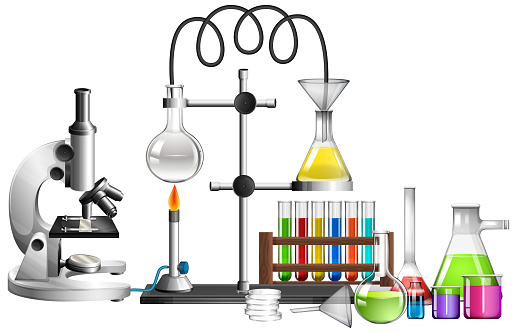
RATIONALE
This course deals with the physicochemical principles underlying dosage forms and drug delivery systems’ design and manufacture; and drugs’ bioavailability
FOCUS
It focuses on how these principles affect to dosage form design, manufacture and evaluation, and stability of pharmaceutical products; and biologic response.
OUTCOMES
At the end of the course, the students are expected to:
- Apply the physicochemical properties of drugs as they relate to dosage form design and manufacture.
- Interpret theoretical principles in terms of concrete laboratory situations.
- Solve mathematical problems involved in dosage form design, manufacture, evaluation, and stability
- Teacher: MONA LIZA ACOSTA
- Enrolled students: 34
COURSE SUMMARY
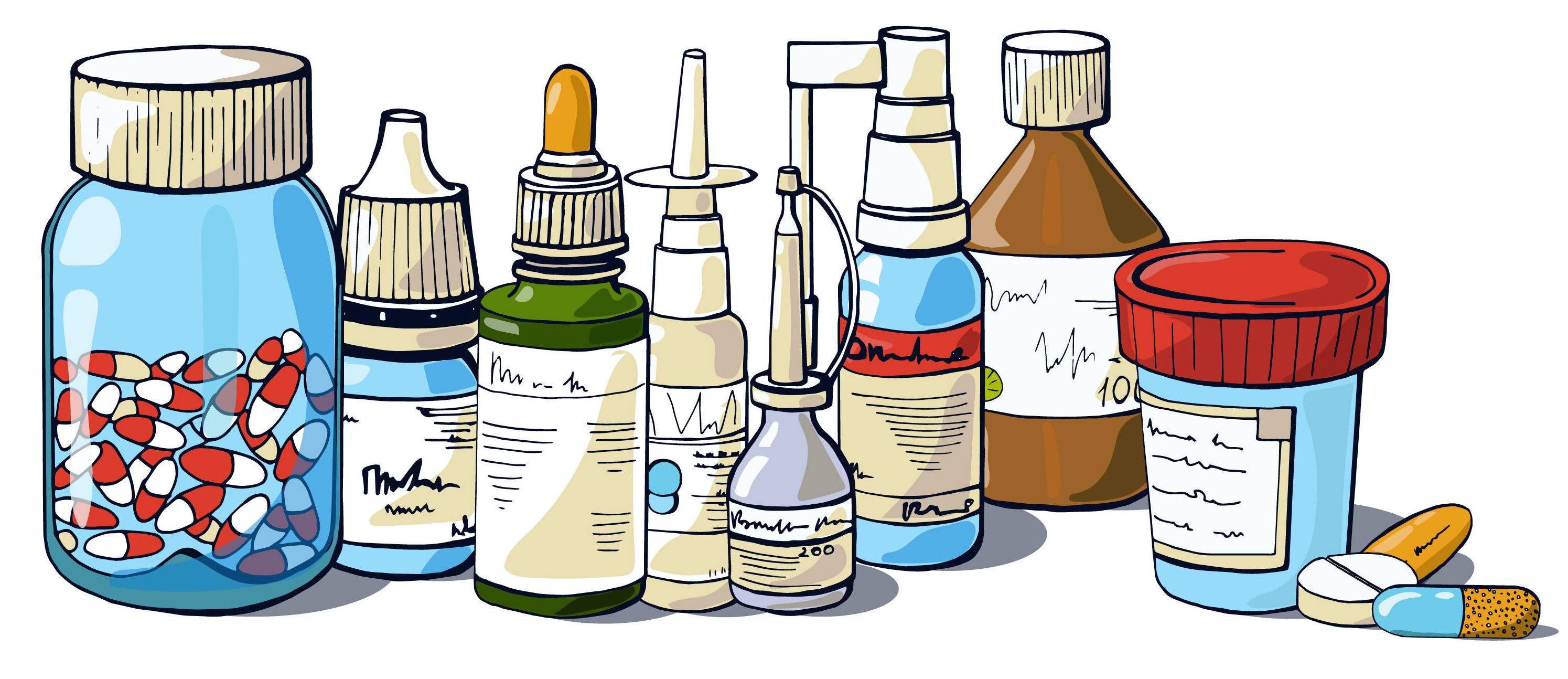
RATIONALE
This course deals with the physicochemical principles underlying dosage forms and drug delivery systems’ design and manufacture; and drugs’ bioavailability
FOCUS
It focuses on how these principles affect to dosage form design, manufacture and evaluation, and stability of pharmaceutical products; and biologic response.
OUTCOMES
At the end of the course, the students are expected to:
- Apply the physicochemical properties of drugs as they relate to dosage form design and manufacture.
- Interpret theoretical principles in terms of concrete laboratory situations.
- Solve mathematical problems involved in dosage form design, manufacture, evaluation, and stability
- Teacher: MONA LIZA ACOSTA
- Enrolled students: 34
This course navigates the characteristics of passive and active electronic components. At the end of the course, the students must have demonstrated "Learning by Doing"!
- Teacher: Samuel Soliven
- Enrolled students: 4
- Teacher: Rojan Reyes
- Enrolled students: 87
- Enrolled students: No students enrolled in this course yet
- Enrolled students: No students enrolled in this course yet
Description. This course shall be dealing with Vectors; Kinematics; dynamics; work, energy, and power; impulse and momentum; rotation; dynamics of rotation; elasticity; and oscillation; Fluids; thermal expansion, thermal stress; heat transfer; calorimetry; and waves.
Co-requisites. Math 1 (Calculus)
Objectives. At the end of the course, the student should be able to: 1) Develop a good understanding of the principles and practical aspects of Physics, 2) Solve various problems regarding the principles of physics, 3) Perform problems regarding the principles of Physics, and 4) Apply principles physics into Engineering Concepts.
Topics
PART 1 Mechanics
1.1 Measurements
1.2 Motion in one Dimension
1.3 Vectors
1.4 Motion in Two Dimensions
1.6 Circular Motion and Other Applications of Newton’s Law
1.9 Linear Momentum and Collisions
1.10 Rotation of a Rigid Object about a Fixed Axis
1.11 Angular Momentum
1.12 Static Equilibrium and Elasticity
1.13 Universal Gravitation
1.14 Fluid Mechanics
Part 2 Oscillations and Mechanical Waves
2.2 Wave Motion
2.3 Superposition and Standing Waves
Part 3 Thermodynamics
3.1 Temperature
3.2 The First Law of Thermodynamics
3.3 The Kinetic Theory of Gases
3.4 Heat Engines, Entropy, and the Second Law of Thermodynamics
References
Serway, R. A., Jewett, J. W., & Serway, R. A. (2019). Physics for scientists and engineers with Modern Physics.
Classical Physics by Ahmad A. Kamal
How to Solve Physic Problems by Robert and Daniel Oman
University Physics with Modern Physics 13Ed. by Young
Course Requirement/s: (tentative)
Attendance (Async/Sync)
1. Laboratory Experiment output
2. Project (application of Physics 1 Principles)
3. Examinations
4. Quizzes
5. Worksheets (Assignment, Seatwork, Problem Sets)
- Teacher: Silverio Magday
- Enrolled students: 53
- Teacher: Marvin Ryan Ferrer
- Enrolled students: 43
- Teacher: Jessica Castillo
- Enrolled students: 44
- Teacher: WENSON EVANGELISTA
- Enrolled students: 49




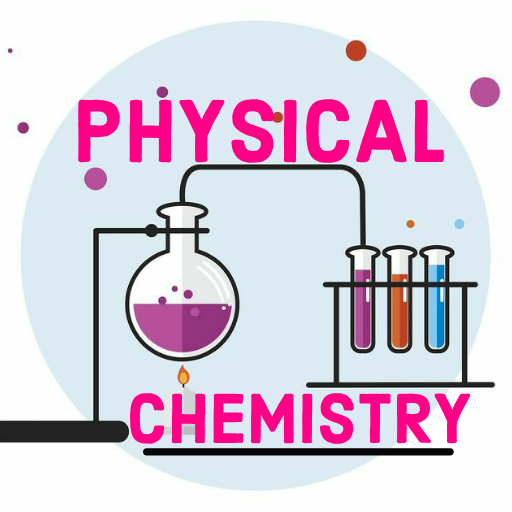
![Physical Pharmacy (Phy Pharm Lec [5028] BS Pharmacy 2)](https://lms.smu.edu.ph/pluginfile.php/193573/course/overviewfiles/5028%20LMS_Moment.jpg)
